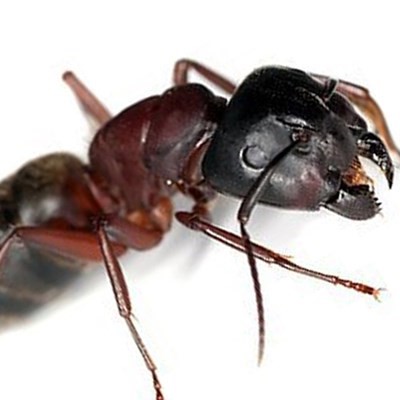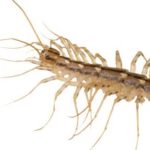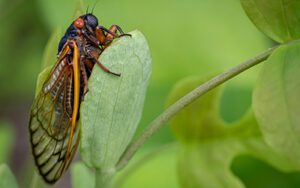
In the busy summer pest season, there is one pest that stands above the rest. Carpenter ants are a nuisance pest that many home and business owners have come to know all too well. They are relatively large when compared to other ants, ranging in size from 0.3 to 1 in., and are dark in color. The most common species found in and around homes in the United States is the black carpenter ant. Carpenter ants are vital to the balance of nature because they nest in dead wood and aid in the process of decaying. Although the carpenter ants play this important role in the natural cycle, they can become pests to home and business owners when they make their home in the wood structures of buildings.
What are carpenter ants?
Carpenter ants, one of the largest ant species found in the United States, reside both outdoors and indoors. They need a constant water source to survive and their habitat consists of moist areas or decaying wood. The carpenter ants can create elaborate passageways in the wood for nesting and movement throughout the colony, connecting them to different food sources. Although carpenter ants make their homes in decaying wood, they do not feed on the wood. Rather, their diet consists of dead insects, sweets, meats, and fats. Carpenter ants forage for food around their nest, carry it back to the nest, and share the meal with the rest of the colony members.
Although most carpenter ants do not have the ability to fly, there are winged male and female members of the species. In particularly warm and humid weather, these winged ants leave their nests to mate in a process called “nuptial flight.” After mating, the female seeks out a suitable place to create her nest and grow her colony. If winged ants have been located, it is possible that a new colony will be forming soon.
Signs of a Carpenter Ant Infestation
There are several signs that homeowners can look for that may signal a possible carpenter ant infestation. Areas around and under windows, roof eaves, decks, and porches are common areas of infestations. The most common method to identify an infestation is the sighting of carpenter worker or winged ants in the home. Although worker ants (ants without wings) can be seen in a home without an infestation, the identification of winged ants often indicates a mature colony that is ready to reproduce and form new colonies. Additional signs of an infestation can include the location of sawdust-like wood debris (frass) from tunnels created by ants. A rustling sound can also be heard as the ants build tunnels throughout the wood in a home.
Pest Control Tips for Carpenter Ants
There are several steps that can be taken to avoid carpenter ant infestations. Be sure to trim all trees and bushes so that they are not touching the house. Additionally make sure to correct all plumbing and flooding issues as soon as possible. These issues create moist wood that can attract ant colonies. It is also a wise idea to store and wire wood off the ground and away from the home.
If you believe that you have an infestation, contact your local pest control expert to safely and effectively eliminate the problem.
Need a pest control estimate?
We'll call you! Our representatives are fast and friendly.
A Guide to Carpenter Ants in Wisconsin
Serving Wisconsin





